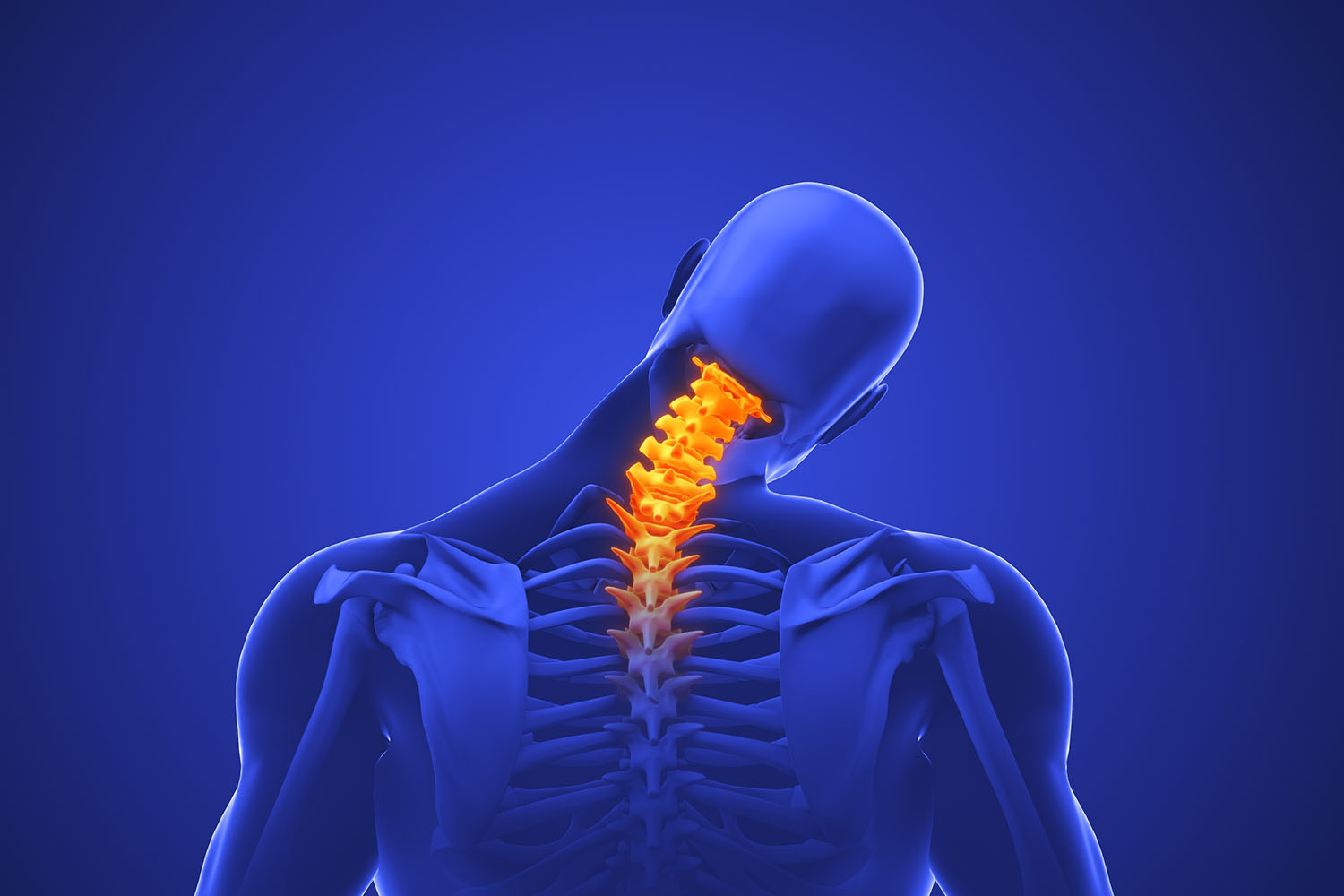Overview
Anterior Cervical Discectomy and Fusion (ACDF) is a well-established surgical procedure designed to alleviate neck pain and neurological symptoms caused by spinal cord or nerve root compression in the cervical spine. This blog delves into the specifics of ACDF, its indications, procedure, recovery, and outcomes, backed by research and clinical facts.

What is ACDF?
ACDF is a surgical operation targeting the cervical spine, particularly the intervertebral discs. It involves removing a damaged or herniated disc to relieve spinal cord or nerve pressure, followed by fusing the adjacent vertebrae to stabilize the spine. This procedure is typically performed to treat conditions like herniated discs, cervical degenerative disc disease, and cervical spinal stenosis.
Indications for ACDF
Patients typically undergo ACDF when they experience:
- Persistent neck pain radiating into the arms.
- Numbness, tingling, or weakness in the arms or hands.
- Difficulty walking or balancing.
- Ineffectiveness of conservative treatments like physical therapy, medications, or injections.
Research indicates that ACDF is particularly beneficial for patients with radiculopathy (nerve root compression) and myelopathy (spinal cord compression) who have not responded to non-surgical treatments .
The ACDF Procedure
The ACDF procedure involves several key steps:
Incision: A small incision is made in the front of the neck.
Disc Removal: The surgeon removes the problematic disc to relieve pressure on the spinal cord or nerve roots.
Bone Graft: A bone graft or a synthetic substitute is placed in the disc space to promote fusion of the adjacent vertebrae.
Stabilization: Metal plates and screws are often used to stabilize the spine while the fusion process occurs.
Recovery and Rehabilitation
Recovery from ACDF varies but generally includes:
Hospital Stay: Most patients stay in the hospital for one to two days post-surgery.
Activity Restrictions: Patients are advised to avoid heavy lifting and strenuous activities for several weeks.
Physical Therapy: A structured rehabilitation program helps restore strength and flexibility.
Research shows that most patients experience significant pain relief and improved function within a few weeks to months post-ACDF . However, the fusion process can take several months to complete.
Outcomes and Success Rates
ACDF is known for its high success rates. Studies report that over 80-90% of patients experience substantial relief from pain and neurological symptoms following the procedure . Long-term outcomes are generally positive, with many patients returning to their normal activities and enjoying an improved quality of life.
Complications and Risks
As with any surgery, ACDF carries potential risks, including:
- Infection
- Bleeding
- Nerve damage
- Issues with the bone graft or hardware
- Adjacent segment disease (degeneration of discs above or below the fused segment)
However, serious complications are relatively rare, and most risks can be mitigated with proper surgical technique and postoperative care .
ACDF is a pivotal procedure in the realm of spinal surgery, offering relief and improved function for individuals suffering from cervical spine disorders. With advancements in surgical techniques and materials, ACDF continues to be a reliable and effective solution for cervical disc-related problems. If you are experiencing symptoms that may be alleviated by ACDF, consult with a spine specialist to explore your options and determine the best course of action for your condition.


